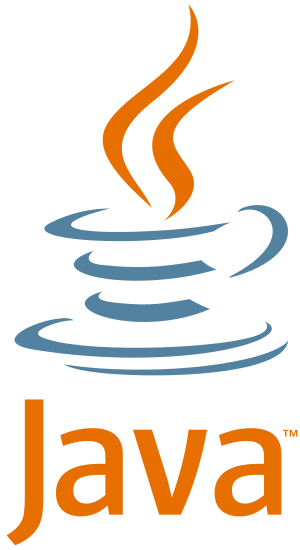
Java is a general-purpose, object-orientated computer programming language that was designed specifically to avoid implementation dependencies so as to allow a 'write once, run anywhere' style of programming for developers. To do this, Java programs compile into bytecode that can be run on any java cirtual machine without requiring recompiling to be compatible with a new platform or computer architecture. This portability, along with many other useful features, makes it one of the most popular programming languages today.
The Java language project was initiated in June 1991 by James Gosling, Mike Sheridan and Patrick Naughton1 but the first public implementation release from Sun Microsystems didn't come until 19952. Java promised no cost run times on popular platforms and web browsers. Since then, Sun Microsystems has been acquired by Oracle, who have maintain Java and its subsequent releases.
There were five primary goals in the creation of the Java language3. The developers wanted Java to be:
- “simple, object orientated and familiar”
- “robust and secure”
- "architecture-neutral and portable”
- execable with “high performance”
- “interpreted, threaded and dynamic”
In order to meet the first requirement which included 'familiarity', the syntax of Java was derived from C++ which is itself more or less a superset of C, a procedural language. However, unlike C++, which combines the syntax for its structured, generic, procedural language base with some new syntax in order to be enhanced for object-orientated programming, Java was built almost exclusively as an object-oriented language. In Java, you cannot even do a 'Hello World' program without a class. Aside from primitve data types (the int type, etc., which are not treated as objects for performance reasons), all code is written inside a class and everything is an object.
References:
1. Byous, Jon (ca. 1998). "Java technology: The early years". Sun Developer Network. Sun Microsystems. Archived from The original on April 20, 2005. Retrieved 2013-07-18.
2. "The History of Java Technology". Retrieved July 18, 2013.
3. "The Java Language Environment". 1.2 Design Goals of the Java™ Programming Language. Oracle. 1999-01-01. Retrieved 2013-07-18.
© BrainMass Inc. brainmass.com June 30, 2024, 10:11 am ad1c9bdddf